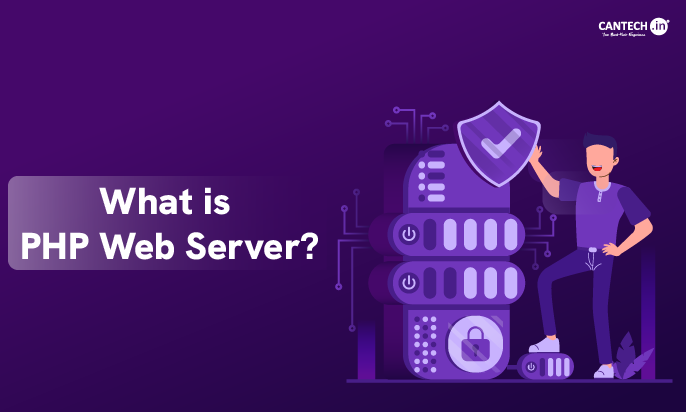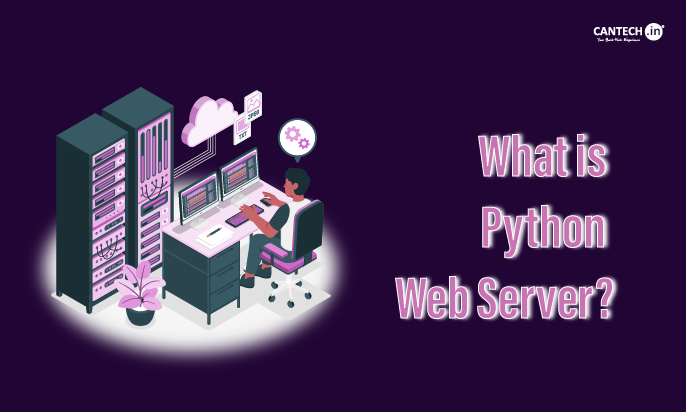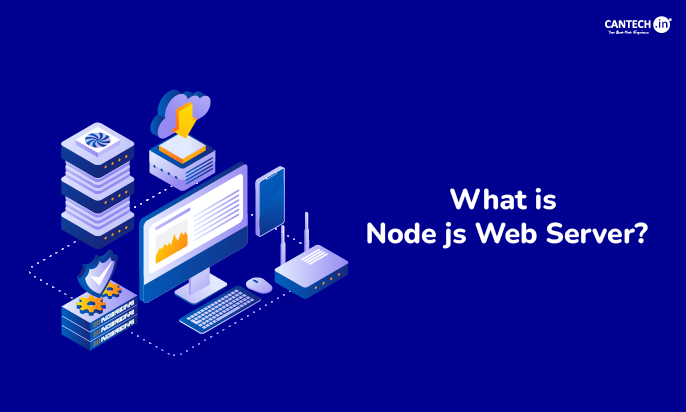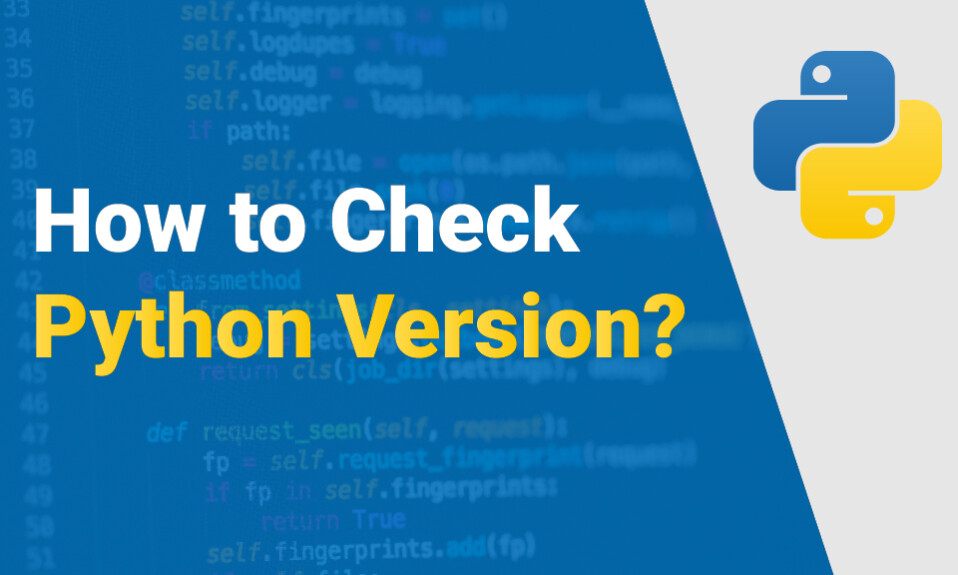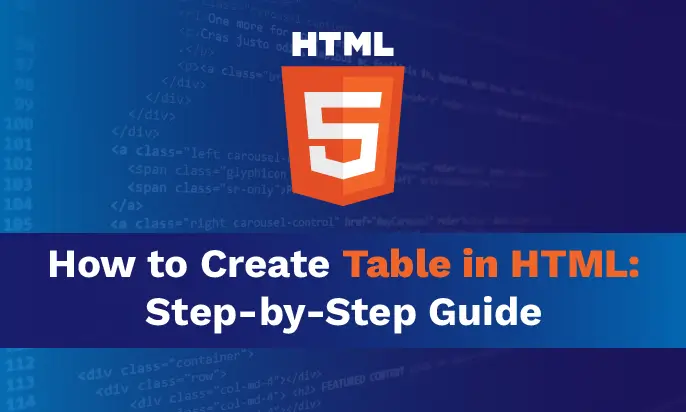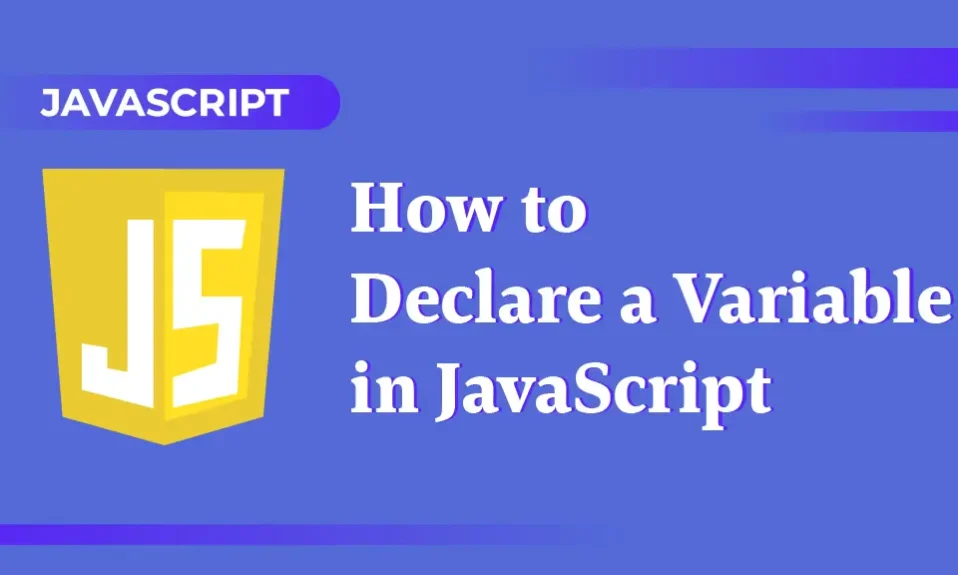Is your field or interest related to PHP website development and management? In that case, a few terms like ‘PHP server’, ‘PHP web server’, or ‘PHP app server’ are essential to know. You might have already come across them.
Well, these are essential components when you are working with PHP.
This blog is going to take you through everything you need to know related to ‘What is a PHP web server?’ However, let us start with the basics that you should know.
What is PHP?
PHP’s full form is Hypertext Preprocessor. It is a server-side scripting language mainly used for web development.
You can create dynamic content on web pages using it i.e. it makes websites interactive by processing data from forms, sessions, and cookies. As a result, it creates a personalized experience for users. For example: PHP might be working to process your login details and display personal data when you log into an account.
It was created by Rasmus Lerdorf in 1993 and has since become one of the most popular programming languages for web development.
What is PHP Web Server?
Now, let’s discuss about PHP and PHP web servers’ connection.
A PHP Web Server is a server that understands and processes PHP code for web development or testing. Thus, it is a specialized server that can handle PHP requests.
How Does a PHP Web Server Work?
The browser sends a request from the PHP-based website to the server where the PHP script resides. Further, the server processes the script and executes the PHP code. (The PHP interpreter is responsible for translating the PHP script into executable code).
Next, it sends the output (usually HTML) back to the browser. The browser receives the HTML content and renders the webpage for the user to view.
Thus, a PHP web server runs and interprets the PHP code and makes it interact with other components like databases to generate dynamic content. All in all, PHP scripts cannot be executed without it.
Well, a PHP server works by handling two main processes:
- Serves static content – HTML, CSS, JavaScript, and image files. They do not change unless you make changes to them.
- Process dynamic content. The result of this dynamic processing is sent to the browser for users as HTML.
PHP Web Server Features
A specialised Web Server for PHP development has some key features –
- The primary function is to execute PHP scripts.
- They provide seamless support for PHP frameworks such as Laravel, Symfony, and CodeIgniter. They have built-in tools and libraries that help speed up development. They handle a lot of the repetitive tasks so you can focus more on creating the main features of your app. Thus, you can build complex web applications more efficiently as the server and frameworks work smoothly together.
- The support for multiple protocols such as HTTP, HTTPS, and more ensures it can handle secure and non-secure connections efficiently.
- They come integrated with databases like MySQL or PostgreSQL, as web apps need to interact with them to store and retrieve data. PHP server connects with them to fetch, update, or delete data as required by your application.
- A PHP server can generate and deliver custom (dynamic) content to each user based on their specific request.
- It mostly has built-in security measures like encryption, authentication, preventing SQL injection attacks, etc. This helps protect sensitive data and prevents unauthorized access on top of secure execution of PHP applications.
- With session management, the server can track user activity across different web pages. Thus, it can provide a personalized experience.
- Its custom error-handling capabilities help manage and report errors efficiently and make debugging your applications smooth. The server can present a more user-friendly error page that keeps sensitive information private.
- The caching mechanisms and other performance optimization techniques ensure fast and efficient operation.
- It is beginner-friendly as it is simple to set up and does not require extensive configuration to get started.
- PHP is cross-platform; it works on Windows, Linux, and macOS.
- PHP has a large community so it has a wide range of libraries, tools, and documentation to help developers build anything – a simple blog, a complex e-commerce platform, etc.
Functions of PHP Web Server
What is PHP used for in a web server? Well, it is mainly to develop, run and test PHP-based websites and applications. They provide the platform to –
1. It is used to run dynamic websites that require user interaction (blog, e-commerce, etc). It ensures that all the PHP code runs correctly to deliver dynamic content in real-time.
PHP can interact with databases and change the content of a page based on user input, this cannot happen with static HTML.
2. You can test and debug PHP code locally before you deploy your PHP-based website online.
3. They are also used to host complex or simple web applications.
4. Many web applications use PHP for backend processing. They take care of everything like user authentication, database interaction, etc.
5. It is used to process form data like a contact form or a blog post comment. PHP’s function would be to capture that data, store it in a database, and send you a confirmation email.
6. It is great for the user authentication process. It will verify the login username and password against a database and log you in or display an error.
7. Various popular CMS platforms like WordPress and Drupal are built on PHP. Thus, you can manage the content of websites without needing to know much about programming.
8. PHP is used for e-commerce websites and makes inventory management, payments, etc smooth. It is a reliable language for building and running online stores.
Different Ways to Set up a PHP Web Server
1. Using XAMPP or WAMP
XAMPP and WAMP are two popular software packages that include Apache, MySQL, and PHP. These all-in-one solutions are easy to install and provide a ready-made environment for running PHP applications.
2. Using Built-in PHP Web Server
PHP comes with a built-in server that can be used for development and testing purposes. For testing PHP scripts, you need not configure a full-fledged web server like Apache or Nginx. This built-in server is great for smaller projects or learning environments.
However, it is not for production because it lacks many features of dedicated web servers like security, performance optimization, etc.
As it is built into PHP, you do not need to install additional software to get it running. Also, you can use it on any machine that has PHP installed without the need for a dedicated server environment.
Navigate to your project directory and run the following command in your terminal to run the PHP built-in server –
php -S localhost:8000
This will start a local server on port 8000. Go to http://localhost:8000 to access your PHP app.
3. Using Apache or Nginx
Apache and Nginx are powerful web servers used to serve PHP applications in production. They require more technical knowledge but they have flexibility and scalability benefits.
PHP Application Server and PHP Web Server
PHP web server handles HTTP requests. It focuses on processing PHP scripts and serving web pages. On the other hand, the PHP application server provides a broader set of functionalities. This includes –
- managing application logic
- handling requests from multiple clients
- coordinating the interaction between the web server and various resources such as databases and file systems
- session management
Moreover, it is used in more complex environments where PHP is part of a multi-tier architecture. It ensures that your application runs smoothly by managing and scaling resources.
Thus, a PHP App Server is like a complete ecosystem for running a PHP-based web application. On the other hand, PHP Web Server focuses on handling web requests.
How is PHP Web Server Different From Other Servers
The key difference is that a PHP web server is specifically built to handle and execute PHP code.
-
Apache Web Server
It can serve static content. It relies on PHP modules to interpret and process PHP code. It is popular and reliable but requires more configuration.
-
Nginx Web Server
Nginx is fast and can handle many simultaneous connections. It needs additional software (like PHP-FPM) to run PHP code.
On the other hand, a PHP server comes built with a PHP engine. So, it can handle PHP code natively without any additional software.
Want to explore more about server types beyond PHP? Check out our guide on different types of web servers in this guide.
Conclusion
So, what is a PHP web server? Well, let’s summarise. So, you cannot test the PHP scripts you write without a PHP web server. Also, it helps you simulate locally how the application will behave on a real server without needing to deploy it online first. Further, a PHP server makes it easier to work on dynamic websites that require real-time data fetching and manipulation.
Cantech offers reliable PHP hosting services that ensure your website runs smoothly. We provide great speed and excellent 24/7 support for PHP applications with our Apache or Nginx web servers. With Cantech, you can expect your website to be secure and perform well without any hassle.
FAQs
Can PHP work without a web server?
No, PHP requires a web server to execute its scripts. You can use a built-in PHP server for testing but a full web server like Apache or Nginx is required for hosting live websites.
What is the key difference between a PHP Web Server vs. a Traditional Web Server?
A traditional web server handles static content (images, CSS files, and JavaScript). Whereas, a PHP web server is specifically designed to handle PHP code. Also, traditional servers simply serve files but PHP web servers process dynamic content generated by PHP scripts.
Moreover, a traditional server cannot interpret and execute PHP code on its own. Thus, any request for a dynamic page with PHP scripting would fail without the PHP server.


